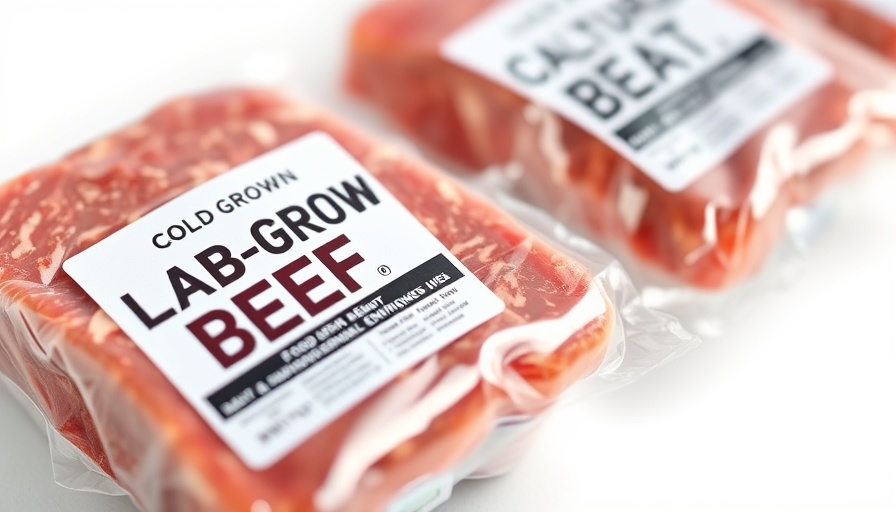
The Future of Protein: Exploring Cultivated Meat and Food Safety
Picture a world where meat can be produced in labs rather than farms, where environmental worries and animal welfare concerns are addressed through innovative technology like cultivated meat. This concept of 'clean meat,' which allows us to grow specific parts of animals without the whole being, is becoming more than just a futuristic vision. As we see a rise in global meat consumption, alternatives must be pursued to avert a climate crisis.
Winston Churchill's Vision Realized
Back in 1932, Winston Churchill imagined a future where we could grow chicken parts in laboratories instead of raising entire chickens. Today, with advancements in biotechnology, we are on the brink of this reality. Cultivated meat holds the promise of a staggering 96% reduction in greenhouse gas emissions, a dramatic decrease in water and land usage, and a sustainable answer to growing meat consumption.
Why Clean Meat Matters
For health-conscious consumers, parents, and fitness enthusiasts, understanding the health implications of clean meat is paramount. Cultivated meat not only aims to mitigate environmental impacts, but it also offers potential benefits for individual health and safety. One of the most critical advantages is the reduced risk of foodborne pathogens like E. coli, Salmonella, and Campylobacter, which have plagued traditional meat production.
The Health Benefits of Cultivated Meat
Food safety is one of the most compelling arguments for adopting cultivated meat. With a significant increase in food poisoning cases—millions of Americans fall ill each year from contaminated meats—clean meat could significantly lower these incidences. Traditional slaughter methods contribute significantly to the spread of harmful bacteria. However, cultivated meat eliminates the need for animal intestines, virtually removing fecal contamination risks that lead to foodborne illnesses.
Challenging the Status Quo
Despite awareness initiatives such as Meatless Mondays, changing consumer attitudes toward meat consumption hasn’t been enough to drive significant reductions in meat intake. It seems that technology and innovation, such as cultivated meat, have a pivotal role in altering this trajectory. The rise in ag-gag laws further highlights the need for transparency in animal agriculture. Reducing reliance on factory farms through lab-grown alternatives could activate a transformative shift in consumer choice.
Complexities of Nutrition: Fat Content and Health Implications
Nutritionally, cultivated meat allows for alternatives to traditional animal fats. This means that consumers could enjoy healthier options without sacrificing the taste and texture of meat. While cultivated meat still contains animal protein, the ability to design fat composition can reduce cardiovascular risks associated with saturated fats found in conventional meats.
What Lies Ahead for Cultivated Meat
The future of cultivated meat appears promising. As we navigate sustainability, food safety, and health challenges, this innovation embodies the intersection of science and consumer needs. It significantly reduces environmental footprints and answers the high demand for safe, healthy eating options in today’s fast-paced world. As more research emerges, the anticipation rises regarding their acceptance among consumers and the broader implications for health.
Concluding Thoughts: A Call to Embrace Change
As health-conscious consumers, it’s crucial to stay informed and explore these emerging food technologies. The narrative around cultivated meat isn't just about science; it exemplifies a shift towards sustainable living that aligns with overall well-being. As we transition into this new era of food production, let’s stay open-minded about the possibilities these innovations present for our health, the environment, and animal welfare.
 Add Row
Add Row  Add
Add 




 Add Row
Add Row  Add
Add 


Write A Comment